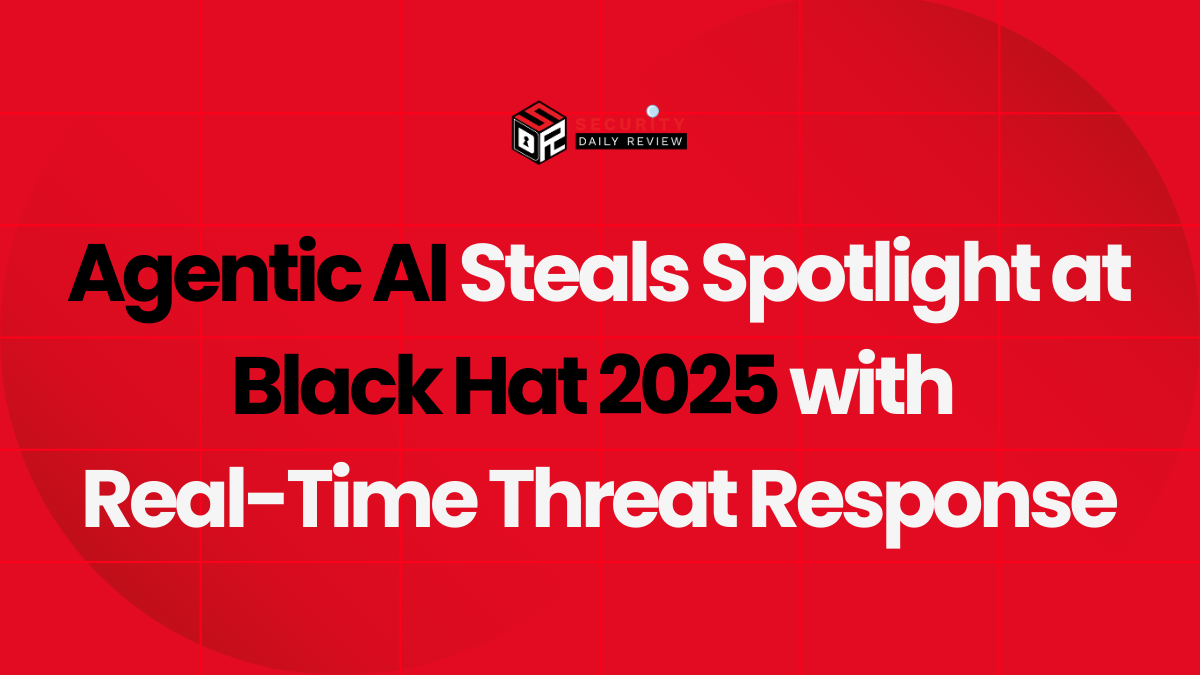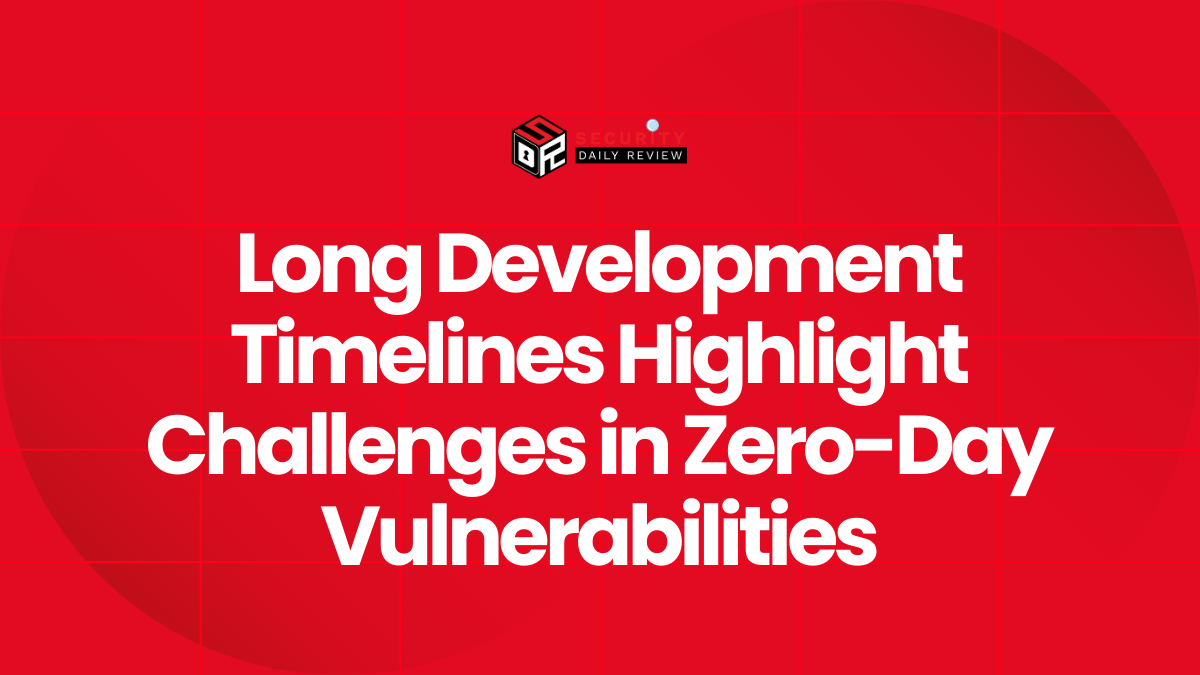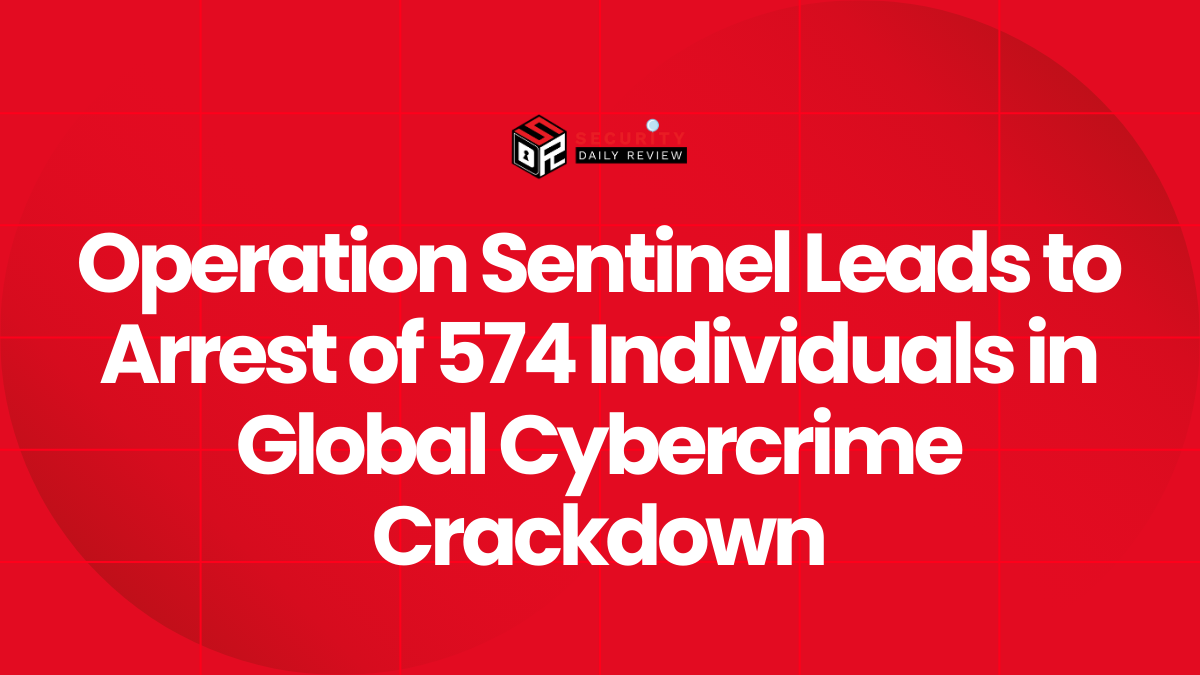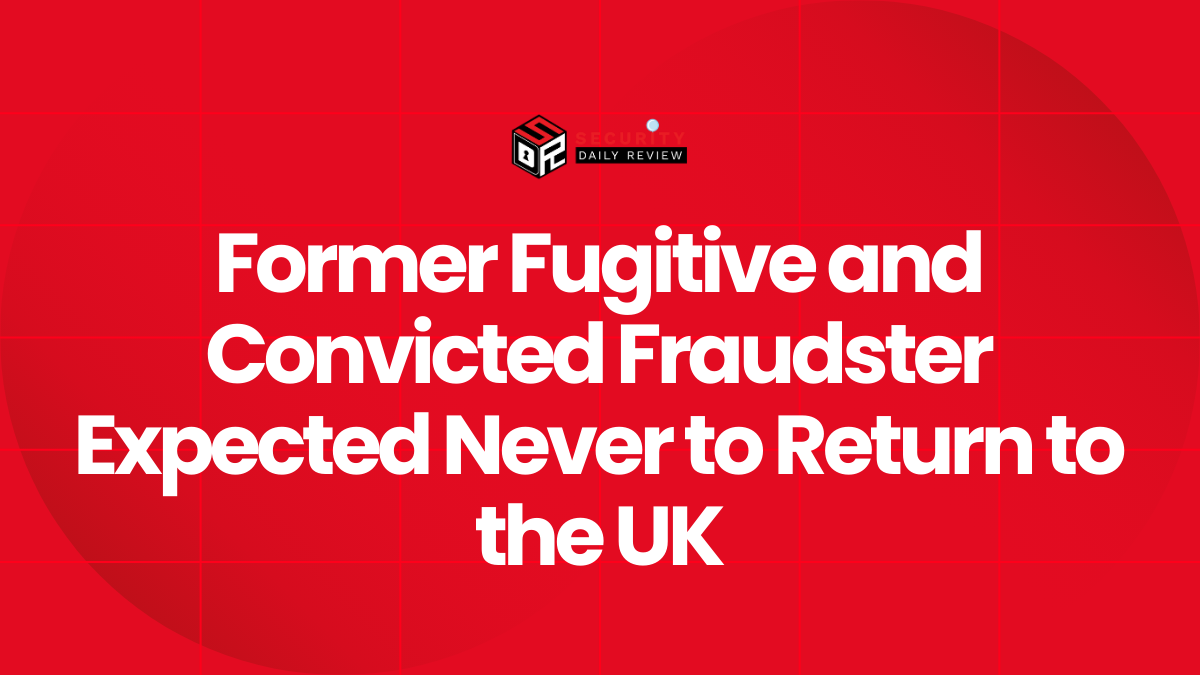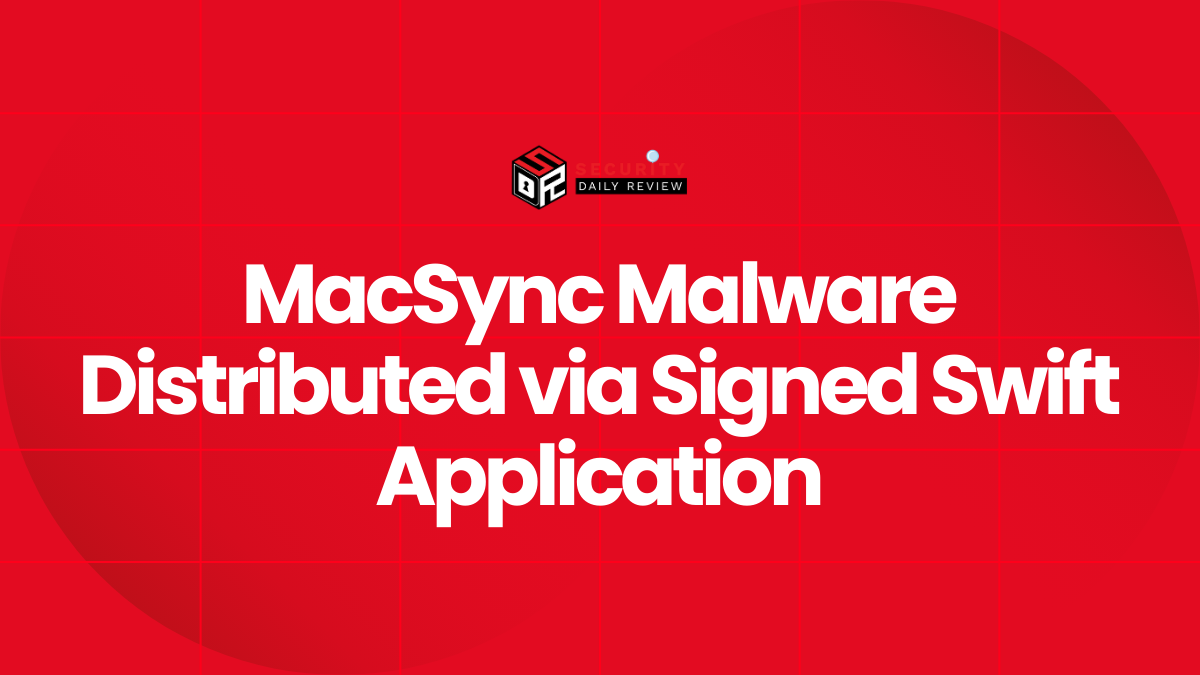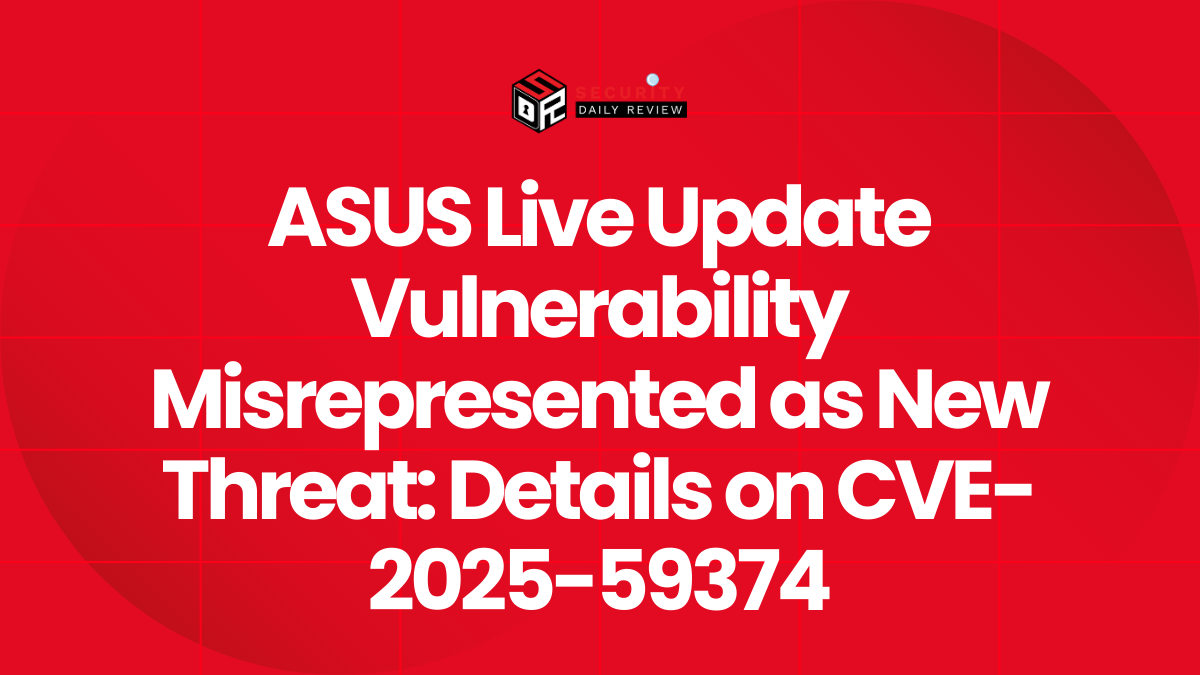Agentic AI took center stage at Black Hat USA 2025, marking a definitive pivot from conceptual discussions to real-world deployment. As the cybersecurity industry grapples with overwhelming data volumes, advanced threat vectors, and staffing shortages, autonomous agents are emerging as a transformative solution capable of revolutionizing threat detection and response strategies.
Black Hat 2025 Moves Agentic AI From Concept to Critical Capability
This year’s Black Hat conference marked a breakout moment for agentic AI, emphasizing its role in accelerating threat response, enhancing detection accuracy, and redefining cybersecurity workflows.
Agentic AI—AI systems capable of operating autonomously with awareness of context, goals, and environment—was not only discussed but also demonstrated across keynotes, product launches, and panel sessions. According to Dr. Anya Sharma, Chief Scientist at DarkTrace, “We’re seeing a fundamental change in how security operations are conducted. Agentic AI allows us to automate tasks that were previously impossible, freeing up human analysts to focus on strategic initiatives.”
Real-World Demonstrations Underscore Maturity of Agentic AI
The transition from theoretical promise to practical implementation was a defining theme. Multiple vendors showcased production-ready use cases demonstrating significant operational gains.
Key innovations included:
- SOCRadar’s Agentic Threat Intelligence : Introduced customizable agents that autonomously understand threat context and trigger appropriate responses for phishing, IP exposures, and credential leaks. SOCRadar also launched a cybersecurity-focused AI marketplace to manage and deploy these agents, expanding accessibility for security teams.
- Snyk’s Secure at Inception : Unveiled a feature that initiates real-time security scans during code generation or execution. It uniquely integrates awareness of generative AI, agentic behaviors, and model context protocols (MCPs), including a dedicated scanner for AI-related MCP vulnerabilities—currently in early access.
- AirMDR’s AI SOC Platform : Promised 90% automation for Tier-1 alert triage. Designed for managed security service providers (MSSPs), the platform supports multi-tenant operations, executes sub-5-minute root cause analyses, and includes over 200 integrations with full audit trail capabilities.
Measurable Gains in Response Times and Security Posture
Agentic AI shows immediate performance benefits, with case studies presented at the conference reporting significant gains in speed and accuracy.
Ben Carter, CISO of GlobalTech Enterprises, highlighted the tangible impact of autonomous threat hunting: “We’ve seen a dramatic reduction in dwell time and a significant improvement in our overall security posture.” WebProNews reported that organizations leveraging agentic AI experienced up to a 70% reduction in incident response times, a critical win in the face of alert fatigue and analyst burnout.
These systems were shown to manage:
- Real-time threat detection and triage
- Cross-platform anomaly correlation
- Autonomous initiation of containment and remediation actions
By integrating with endpoint detection and response (EDR) tools and SIEM platforms, agentic AI extends its utility without disrupting existing workflows.
The Rise of Adaptive, Human-AI Collaboration
Black Hat 2025 made it clear that agentic AI is not about replacing humans but augmenting their decision-making, enabling faster, more strategic threat response.
Autonomous systems process massive data sets, filter noise, and surface prioritized insights—outcomes challenging for human analysts to achieve in real time.
The Cyware recap emphasized that agentic AI is now ubiquitous across both startups and incumbents, with newer vendors leveraging it as a differentiator while established firms adopt cautiously. This divergence creates signal confusion in the market due to overlapping usage of terms like “agentic AI,” “autonomous agents,” and plain “AI.”
As a result, security leaders are encouraged to deploy detailed evaluation frameworks that:
- Identify the specific AI lifecycle stages covered (detection, response, remediation, etc.)
- Measure time-to-value and reduction in analyst intervention
- Test agent resiliency against manipulation or adversarial AI threats
Importantly, cybersecurity professionals’ roles are evolving. By offloading repetitive tasks to agents, human analysts can focus on:
- Proactive threat hunting and red teaming
- Strategic risk analysis
- Evaluation of complex, multi-stage attacks
The conference presentation narrative consistently reinforced this symbiosis: humans remain in command, steering AI capabilities toward targeted security outcomes.
Integration, Transparency, and Trust Will Shape the Future
Despite promising gains, the widespread deployment of agentic AI introduces concerns around explainability, governance, and system integrity.
Several sessions stressed the importance of:
- Transparency : Ensuring that agentic decisions can be audited and understood by human teams
- Explainability : Understanding AI-driven outcomes, especially in regulated environments
- Security : Protecting autonomous agents themselves from exploitation or adversarial behavior
With vendors now offering agentic functionality as ready-to-implement components—whether through marketplaces like SOCRadar’s or integration-first platforms like AirMDR’s—organizations must establish governance frameworks before widespread deployment.
Agentic AI Shifts Security From Reactive to Proactive
Black Hat 2025 may be remembered as the year agentic AI moved from experimental to essential. From reducing response timelines to autonomously executing threat hunting and triage, these technologies are redefining what effective cybersecurity looks like. As dwell times shrink and detection precision grows, agentic AI offers a powerful complement to human expertise—transforming cyber defense into a real-time, dynamic discipline.
Yet, as the cybersecurity conference showcased, this power must be deployed thoughtfully. Explainability, control, and integration remain mission-critical. In this new collaborative paradigm, where agentic AI handles scale and speed, and humans craft the strategy, the future of threat detection appears not only more autonomous—but significantly more resilient.

